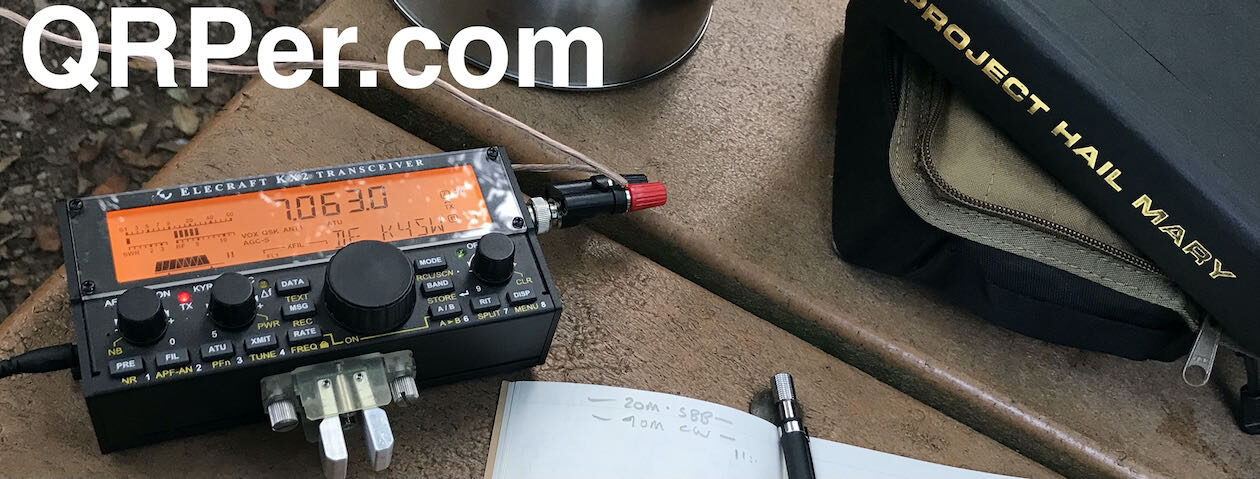As always there are lots of links within the article. Click one! Click them all! Learn all the things!
by Vince (VE6LK)
In August and September 2024 I was travelling around Southern Ontario for some family matters and naturally I brought my radio kit with me to squeeze in some radio therapy stops along the way. This is the report of my stop at the Battle of Lundy’s Lane National Historic Site CA-6216.
As like many sites around the Niagara Peninsula, it is rich in history from the war of 1812 between Canada and the United States of America. It would therefore be only fitting that I would meet up with my friend Mike Kennerknecht N2MAK for a joint activation. The plans were made, and at the last minute he surprised me with a request.. but I’ll tell you about it later on.
This site is at the top of a hill in Niagara Falls along Lundy’s Lane, one of the main roads in the city. It’s easy to see why it was strategically important for both sides to capture the hill, and indeed both sides claimed success in the battle depending on where you read up about it.

It was great to meet Mike in person as we’d only worked together virtually on teleconferencing platforms. The park was about halfway between us, not counting the stops he’d make at the border each way. It was 5 years since he’d last been in Canada and he was excited for the Duty Free stop he’d make on the way home. And he travels prepared for sites and brought along a couple of chairs and a small side table for our use, which beats a park bench any day of the week.
I was able to get my Goture carbon fibre mast up with my 20-30-40m trapped EFHW (see links below) just before he arrived along with my KX3,. He deployed his Gigaparts POTA Explorer 20 CF mast with a 20m EFHW to his IC-705; later he switched to 17m.
We both started off on SSB with me on 40m. Despite the very close proximity of our antennas, interference between us was very minimal.

At around 1100h local time we began calling at 10W on SSB. Mike was able to get to his 10 fairly easily but on 40m I was limited by the NVIS configuration with my average height at 3m for the 40m band, so once he was done on 20m, he switched to 17m and I moved to 20 to complete my activation.
And then he said the words that were magic to my ears: “Let’s do CW”. To be fair he gave me some heads-up that he wanted to do this when he asked if I had 2 CW keys with me. And he wanted his first CW contact to be made in Canada. Thus with a bit of pre-planning, and a pair of dummy loads, we set out to make the contact, Park-to-Park no less.
What I hadn’t realized is that he had never done CW before today, but with bravado and a Quirky QRP Reference Mat at his disposal, we got into it. I explained what each side of the paddle key does (dit vs. dah), however we both didn’t know how to adjust the speed on his IC-705 from it’s default of, I think, 15WPM. No matter, after a few minutes of rehearsing his callsign along with a handwritten chart I’d built him, he was ready.
With our respective radios in close physical proximity, signals were quite strong. I showed him the typical exchange for a POTA and then it was showtime. We did the exchange, and for good measure we did it on the 6m band. That CW contact was the first one done at the park as well.

We retired to a well-deserved lunch and went about our respective ways after the required team photo and a bear hug. I’m so delighted I got to connect with him on this trip, and especially for a cross-border activation.
Mike’s Video
List of gear used for these activations:
Note: All Amazon links are affiliate links that support QRPer.com at no cost to you.
- Elecraft KX3
- Charmast 100W battery
- Palm Pico Paddle
- 35′ RG-174 feedline with a FT-140-43 toroid at one end
- Spark Plug Gear EFHW Transformer paired with N7KOM Microlight Traps
- Chameleon wire winders
- Spark Plug gear wire winders
- Leadsound 3W portable speaker
- 7.1m carbon fibre “crappie” fishing rod
- 3pc fishing rod holder as a mast bottom support
- Bass Pro Shops Extreme tackle bag 3600 size
Postscript
This was the first activation with my new Bass Pro Shops Extreme tackle bag and I am very impressed. It is the correct size for me and everything works as it should. As a matter of fact, It inspired me to create a new channel on the Ham Radio Workbench’s Discord called #bag-talk if only to prove that bags need not be expensive in order to be functional.
72 and dit dit,
…Vince
First introduced to the magic of radio by a family member in 1969, Vince has been active in the hobby since 2002. He is an Accredited examiner in Canada and the USA, operates on almost all of the modes, and is continually working on making his CW proficiency suck less. He participates in public service events around Western Canada and is active on the air while glamping, mobile, at home or doing a POTA activation. You can hear him on the Ham Radio Workbench podcast, follow him on Twitter @VE6LK, check out his YouTube channel, and view the projects and articles on his website.




































